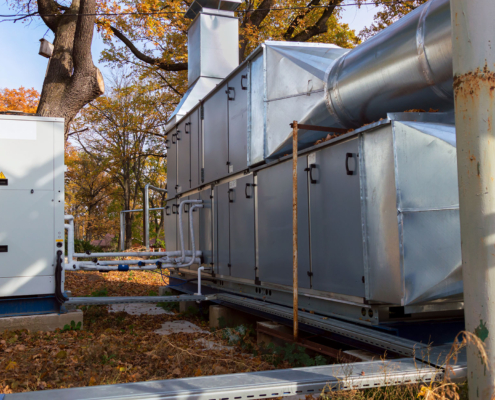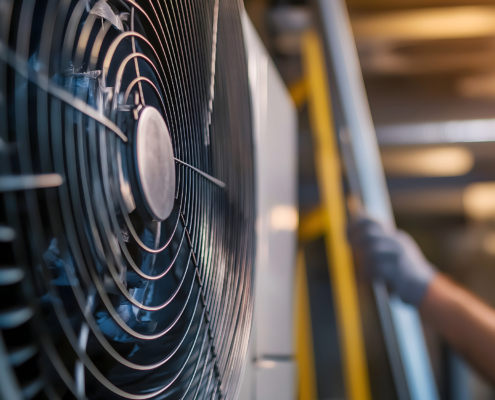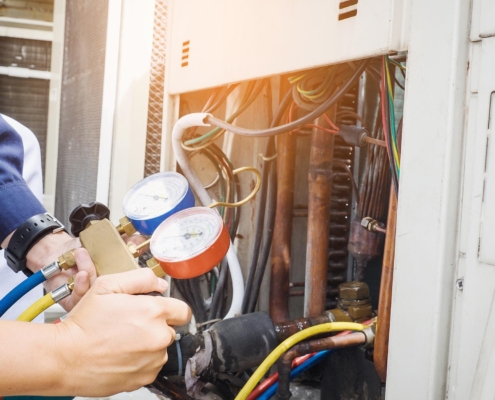The fabrication of process piping begins with the design drawings and material specifications provided by the engineering team. Piping components like straight pipes, elbows, tees, flanges, valves, and filters are brought into the fabrication shop. The lines are customized, cut to length, deburred, beveled, cleaned, and stacked according to the spool drawings.
Fitters assemble the piping spools by welding the pipes, fittings, and other components per the isometrics. The welds, materials, and fabrication process must conform to applicable codes and standards like ASME B31.3, ANSI B16.5, and AWS D1.1. Heat numbers are recorded, and material test reports are filed for traceability. Once assembled, the spools are checked against the isometrics and engineering models to ensure fit-up and dimensional accuracy.
The spools are then sent for visual, dye penetrate, radiographic, or ultrasonic inspections based on code requirements. Insulation and painting are applied before the spools are shipped to the installation site. Proper handling, loading, and transportation procedures are followed to prevent damage en route.





